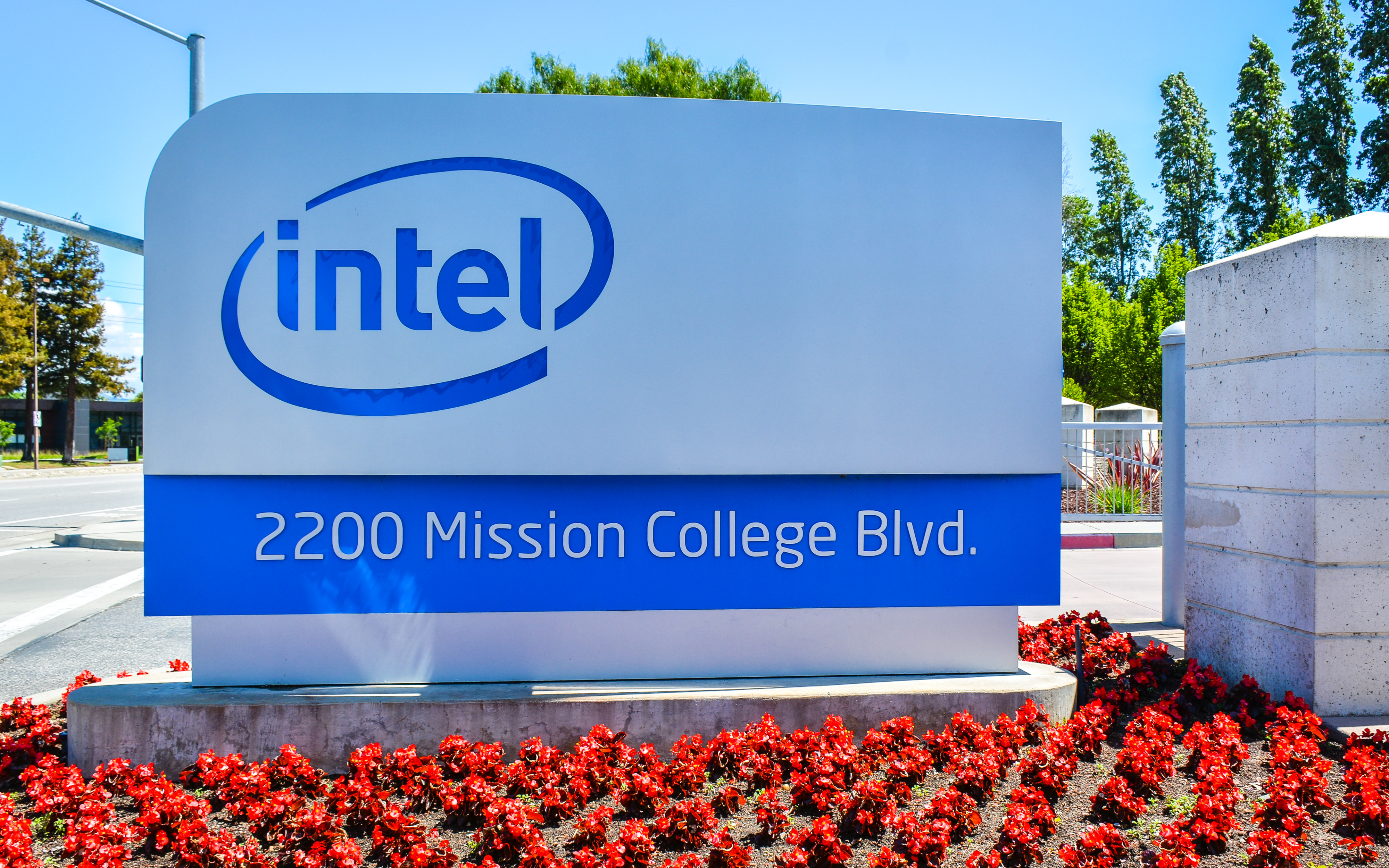What Happened
Virtual and augmented reality technologies were the star of the show at Intel’s annual developer conference on Tuesday. Intel announced a series of new VR and AR initiatives that mark the company’s full-speed charge into the VR and AR fields.
• To begin with, the company unveiled an all-in-one VR headset named Project Alloy, which packs everything – from cameras to battery, sensors to input controls – into the wireless headset without the need for a PC or smartphone to power it. Alloy will also be integrated with Microsoft’s Windows Holographic platform, allowing it to run holographic apps much like a HoloLens.
• Intel is launching a VR studio in Hollywood dedicated to producing 360-degree sports and entertainment experiences. The studio will utilize Intel’s 360 Replay technology, which was employed in the NBA Finals this year to showcase the action from all angles.
• Intel announced it is working with Microsoft to bring the augmented reality experience generated by HoloLens to Windows 10 PCs, which are expected to work with a head-mounted display and run all Windows Holographic applications starting next year.
Why Brands Should Care
Intel is diving deeper into the VR and AR fields because it plays to its strength, namely making chips with high processing power needed to run VR and AR devices. These initiatives inject some momentum into the development of VR and AR technologies and push them one step closer to mainstream consumer adoption. As more and more consumers become familiar with these types of immersive and interactive content, now is the time for brands to start working with content creators to develop branded VR and AR content.
The Lab currently has three VR headsets and a HoloLens ready for demo. Come by the Lab and request a demo to see how engaging and magical VR and AR experiences can be, and understand why consumers would be excited by them.
Sources: various sites as cited in article

